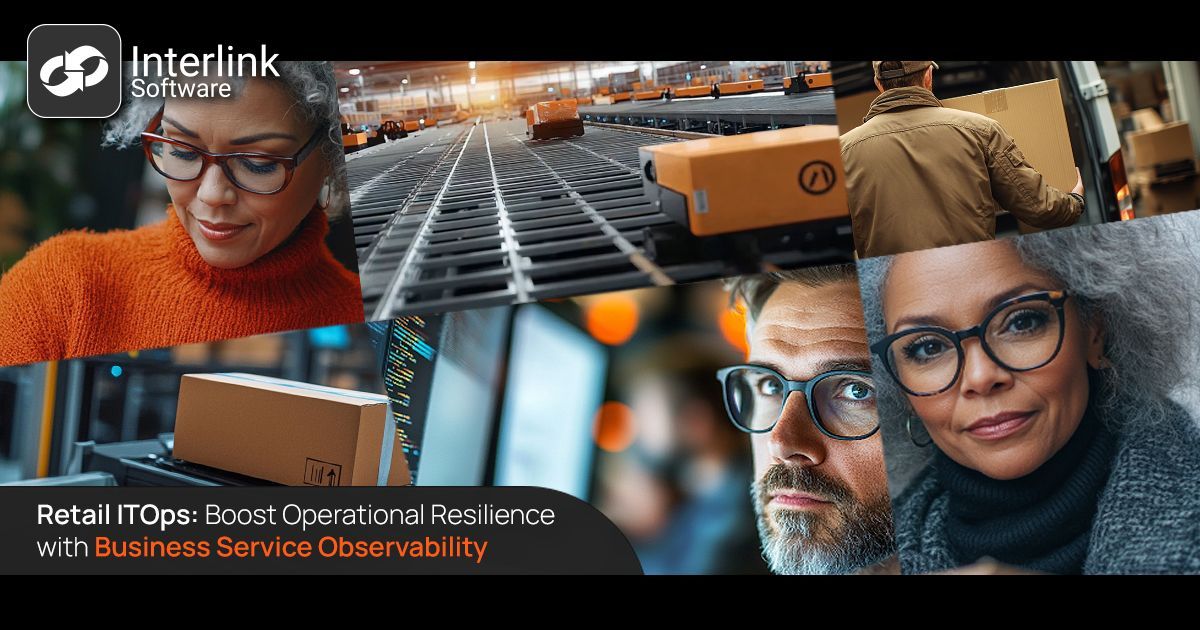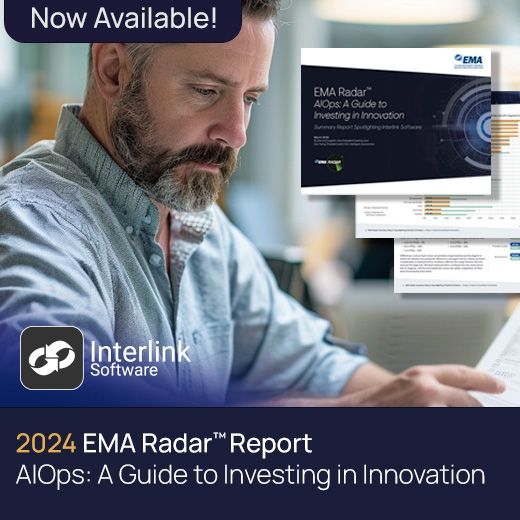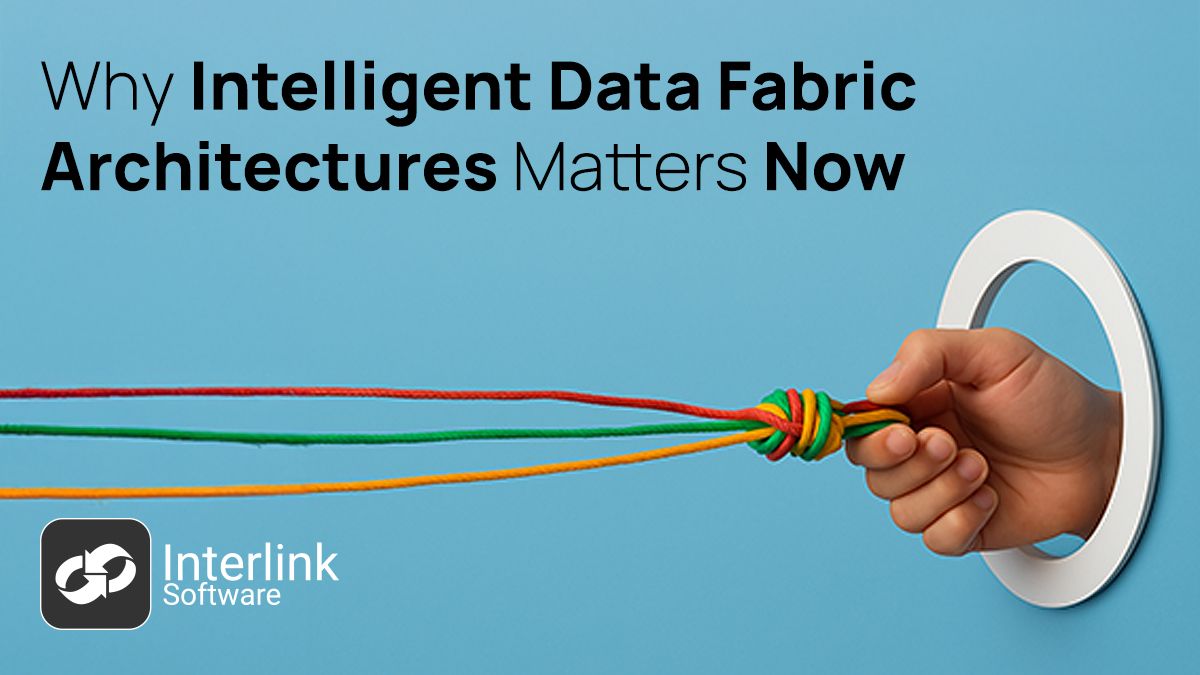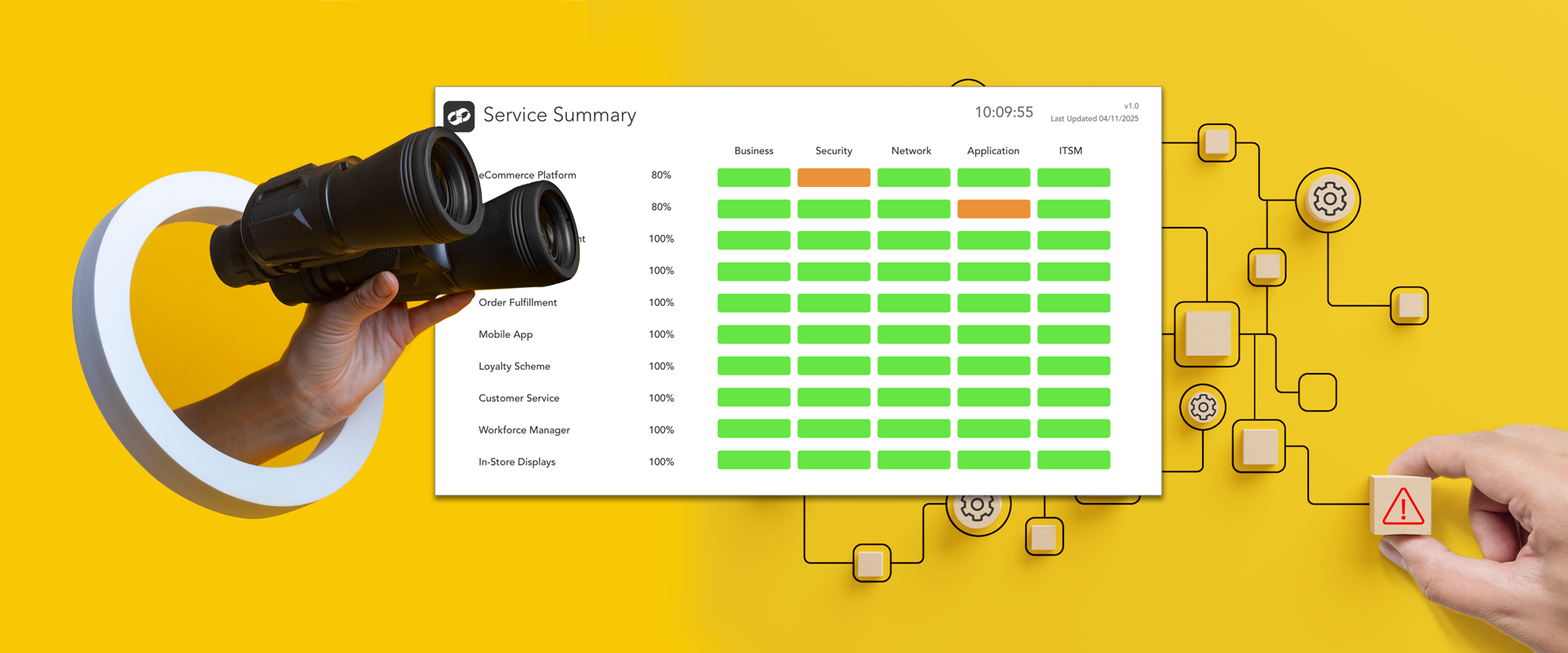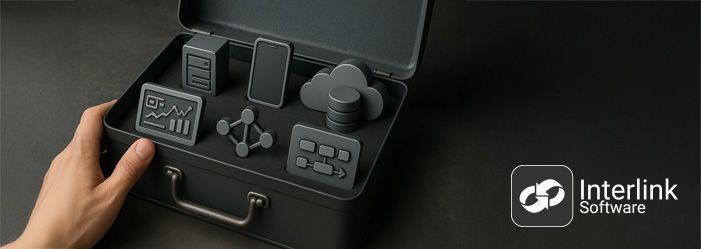Integration & Data Ingestion: Strengthening AIOps Observability
Large enterprises face the challenge of managing high-volume, very diverse data streams that span both legacy and modern, digital systems and applications. To gain timely, accurate insight across this kind of complexity, IT teams need observability platforms that can do more than just monitor - they must also unify, contextualize and enrich data so teams can act effectively to protect the availability of the services their customers rely on.
Observability Intelligence and Control Layer
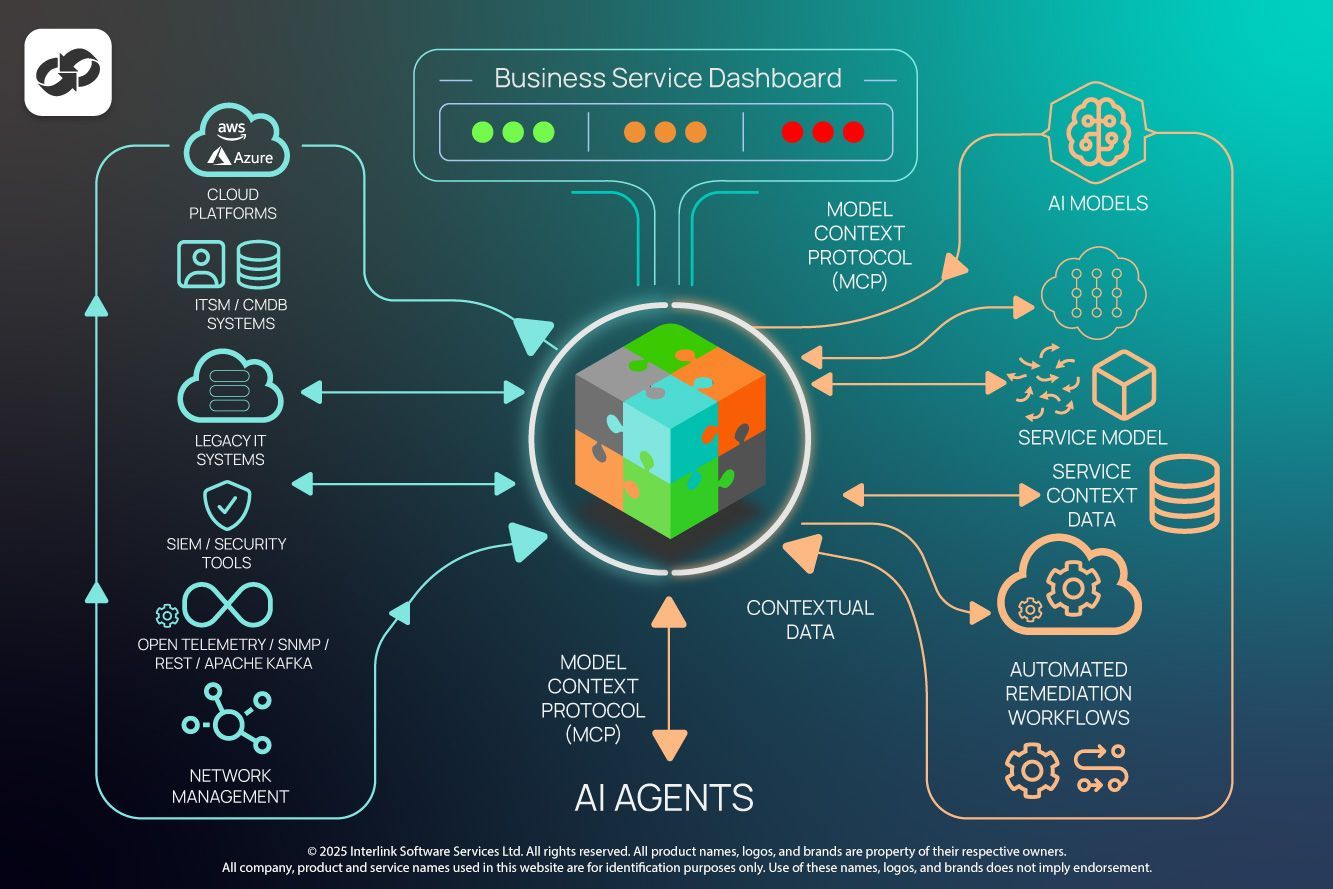
AI is
NOTHING without the right data.
From fragmented hybrid environments to gaps in data quality.
Interlink eliminates the blind spots.
Interlink Software’s Integration and Data Ingestion capability is fundamental to meeting this need and delivering its AIOps powered
Service Observability platform. At the core of the platform is
Integration Hub - a flexible engine that connects data pipelines, streaming technologies and AI context in real time.
Integration Hub supports hybrid, multi-cloud, and on-premises environments, ensuring that relevant data from varied sources and formats can be incorporated into intelligent workflows.
Interlink’s approach is broad: logs, metrics, configuration data,
Open Telemetry, Apache Kafka, APIs, email feeds, SNMP traps, databases and large language model (LLM) inputs can all be ingested and correlated. This provides the foundation for observability and the application of AI-driven insights. Integration with
SIEM systems also helps align IT and security operations, supporting both service reliability and rapid incident response.
Data ingestion in the Interlink platform places equal emphasis and value on intelligence and scale. ASIML fuzzy matching and event clustering reduce noise, highlighting meaningful patterns. The introduction of Model Context Protocol (MCP) enhances this further by bringing business context and IT insights into AI models, as well as making data available to Agentic AI, helping ensure automation remains relevant and explainable.
Large enterprises benefit through:
- Service resilience: Diverse datasets are correlated into service-aware models that support faster root cause analysis and reduced resolution times
- Operational efficiency: Automated enrichment and normalization cut down manual intervention and improve decision-making
- Future-readiness: Support for cloud-native, hybrid, and legacy environments allows organizations to evolve without disruption
- Compliance and transparency: Data lineage, provenance verification, and audit trails safeguard operational integrity and help meet regulatory requirements
For many organizations, integration is where observability initiatives can struggle. Interlink’s strength lies in addressing this challenge directly, enabling enterprises to build a more complete, reliable picture of how their services are performing and more effectively direct their resources to defend themselves from customer impacting outages.
Book a Demo Today To Learn More about Integration Hub
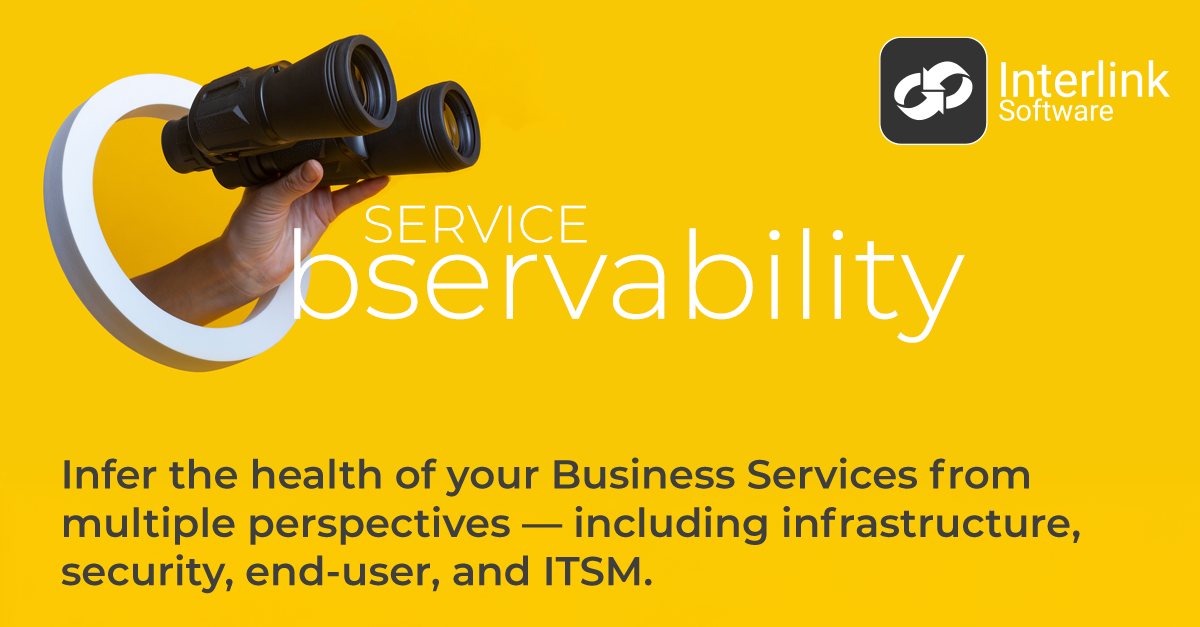
From Monitoring to Meaning: Why Service Observability Platforms Are Essential for Modern Enterprises
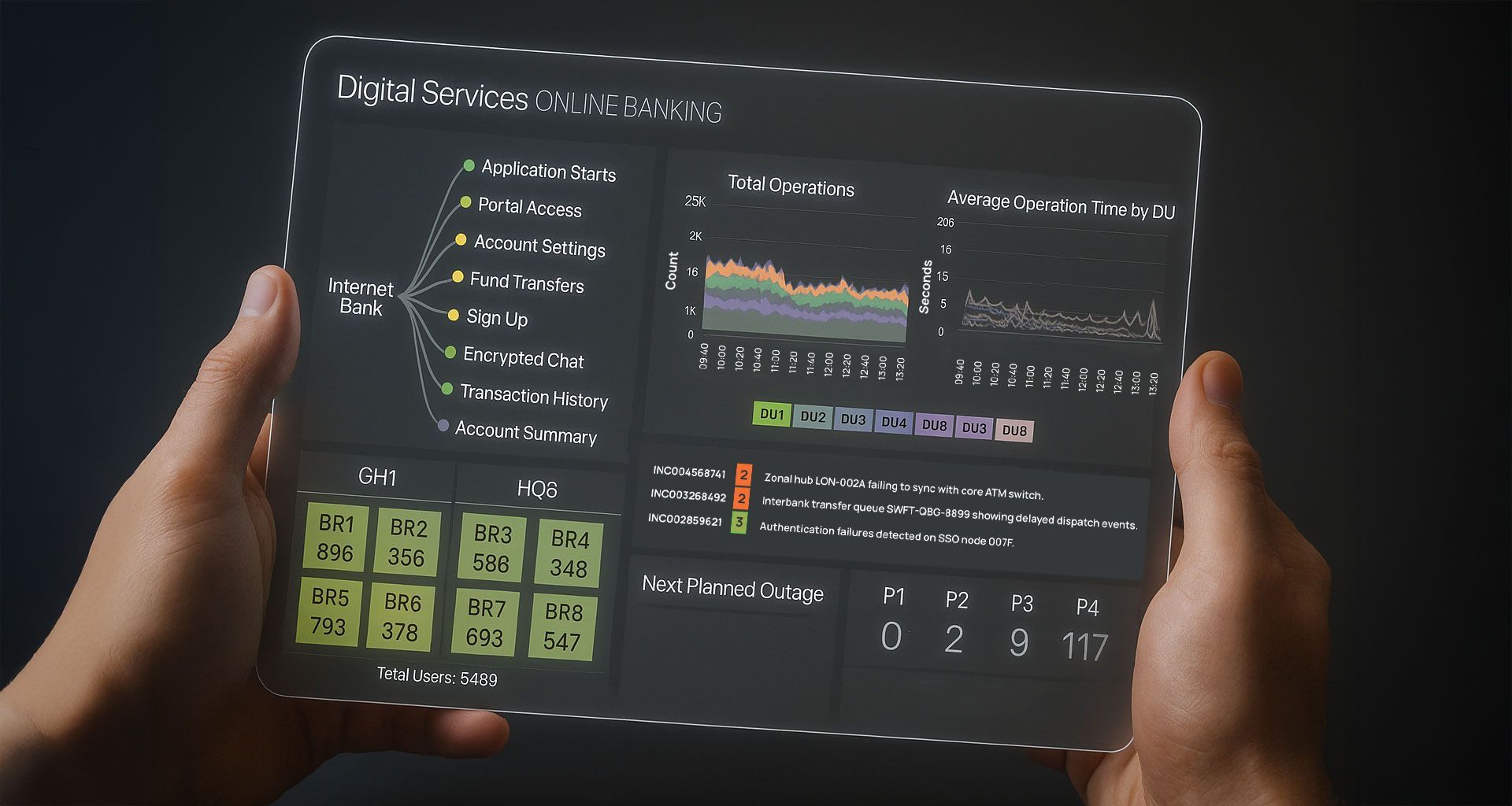
What is Single Pane of Glass Monitoring and How Can Enterprises Leverage It for Enhanced Visibility?
